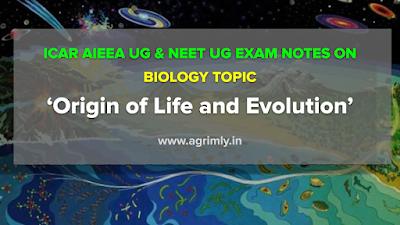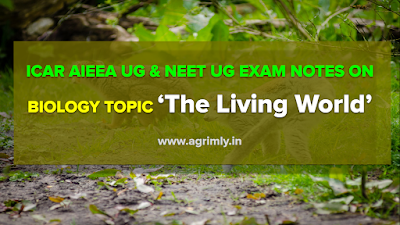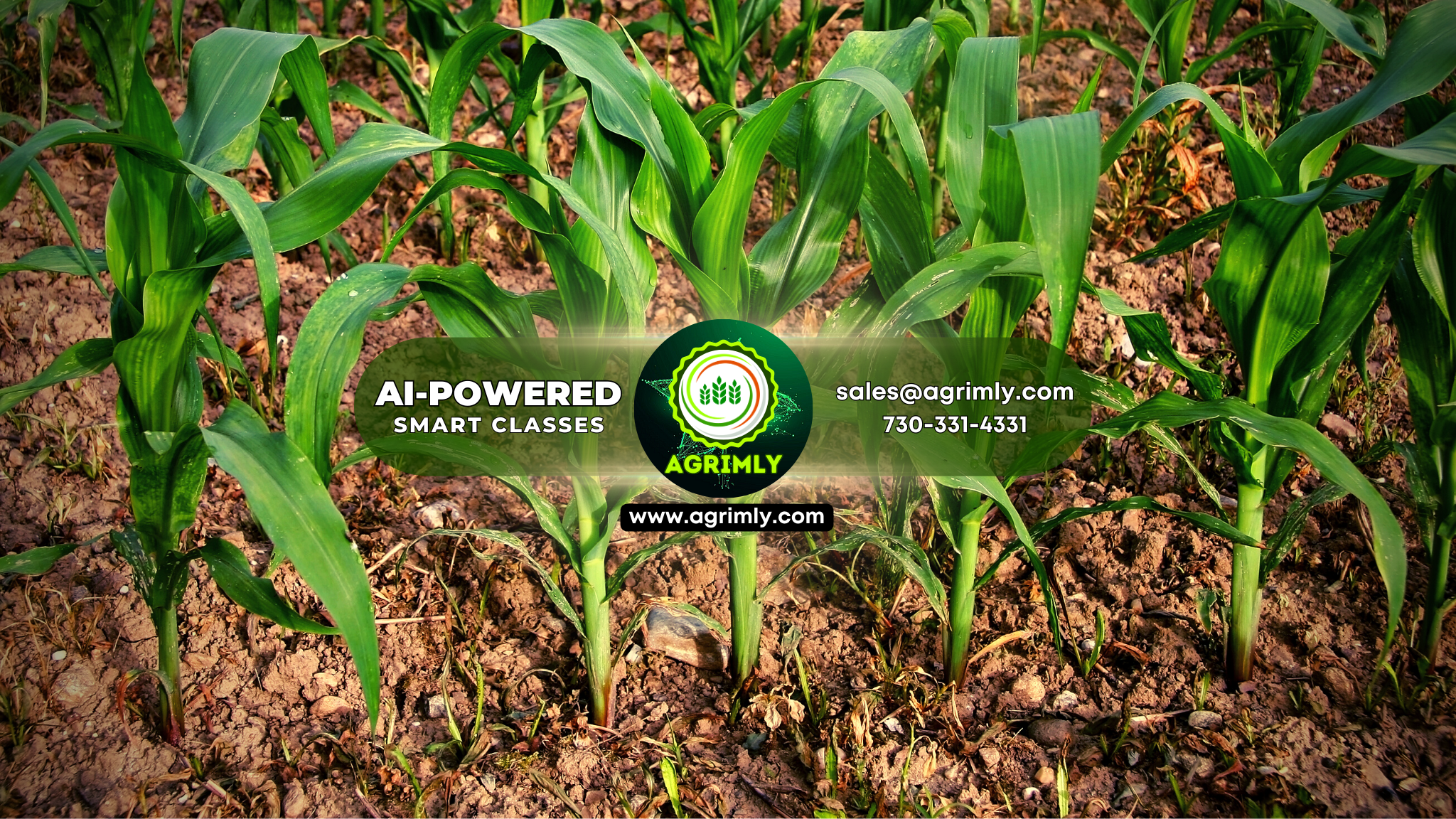
This exam facts are from famous book: Handbook of Agriculture published by I C A R
Importances of Forage sorghum
- Sorghum as green foliage is very popular in western Uttar Pradesh, Punjab, Haryana.
- Forage sorghum is characterized by quick growth, high biomass accumulation and dry-matter content.
- Forage sorghum is also suitable for silage and hay making.(This is asked in ICAR S R F 2022)
- In summer under irrigation, multicut sorghum is popular.
- Improved varieties and hybrids of forage sorghum single cut are Haryana Charai 6.(This is asked in IBPS Agriculture Field Officer Exam 2019)
- Improved varieties and hybrids of forage sorghum multi cut are: Meethi Sudan, Pusa chari 23.
- The dual purpose (both forage and grain production) varieties and hybrids are CSV 15 and CSH 13.
- Seed rate of 10 kg per ha for multicut sorghum and 25 kg per ha for single-cut sorghum is required.
- Optimum spacing is 45 cm between rows for multicut sorghum and 30 cm between rows for single-cut sorghum.(This is asked in Rajasthan Agriculture Officer Exam 2018)
- Fertilizer application 100 kg N and 60 kg P2O5 per ha for multicut sorghum and 80 kg N and 40 kg P2O5 per ha for single-cut sorghum is recommended.
- HCN is present in sorghum especially in early stages up to 40 to 50 days. (This is asked in ICAR J R F 2020)
- Proper care has to be exercised during harvesting sorghum to avoid HCN poisoning.
- Single-cut sorghum varieties are harvested from 50% flowering to full bloom. (This is asked in IBPS Agriculture Field Officer Exam 2020)
- Multicut sorghum varieties are the first harvest at 55 days after sowing and subsequent cuts at 40 days interval.
★★★








.png)

.png)





